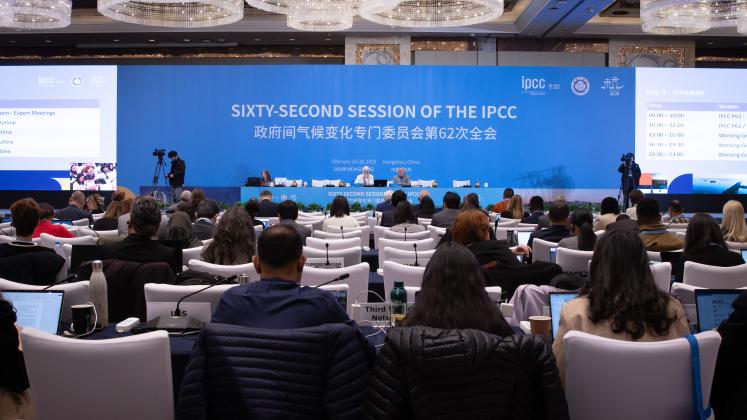Over the past 80 years, States have created a wide range of multilateral mechanisms, yet policymakers tend to rely on a small number of high-profile examples, such as the Intergovernmental Panel on Climate Change (IPCC) for scientific collaboration or the International Atomic Energy Agency (IAEA) for AI risk governance, when designing new institutions. This tendency, known as institutional mimicry, can be a powerful tool for simplifying complex global problems and learning from past successes and failures.
However, overreliance on well-known models can lead to poor fit, as it often overlooks key differences in political context, cooperation types, and state incentives. This Policy Brief, produced under UNU-CPR’s Global Governance Innovation (GGI) Platform, provides a roadmap for using institutional mimicry more effectively, grounded in political science insights. It emphasizes the importance of identifying the specific cooperation problem, such as coordination, public goods provision, or rule enforcement, and matching it with historical analogies that reflect similar dynamics and benefits.
The brief recommends a systematic, context-sensitive approach that looks beyond familiar institutions to lesser-known but potentially more relevant examples, ensuring that new multilateral bodies are better aligned with today’s diverse global challenges.
Access "A Systematic Approach to Institutional Mimicry" here.





